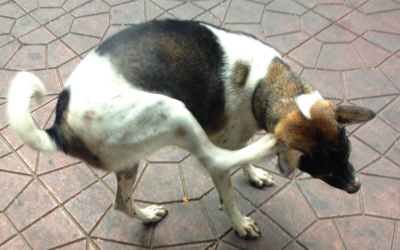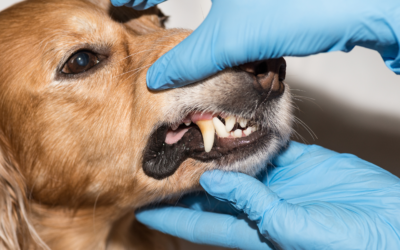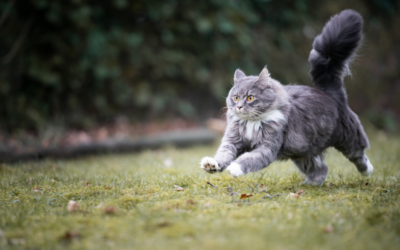While separation anxiety is commonly associated with dogs, cats can also experience this condition. Separation anxiety in cats can be a serious problem that can cause significant distress to cats and their owners. In this blog post, we’ll explore the symptoms of separation anxiety in cats and provide some solutions for how to help your furry friend cope.
Here are the Top 5 Symptoms of Separation Anxiety in Cats
- Excessive meowing or vocalization: Cats with separation anxiety may vocalize excessively when left alone. This can be distressing for neighbors and can lead to complaints.
- Destructive behavior, such as scratching or chewing: Cats with separation anxiety may engage in destructive behaviors such as scratching or chewing on furniture, doors, or other household items. This can result in costly repairs and can be dangerous for the cat if they ingest non-food items.
- Potty accidents, even if the cat is litter-box trained: Cats with separation anxiety may eliminate outside of the litter box when left alone, even if they are otherwise litter-box trained. This can be messy and unsanitary, and can be upsetting for the owner.
- Hiding or refusing to come out of hiding: Cats with separation anxiety may hide when left alone, and may be difficult to coax out of hiding.
- Over-attachment to their owner: Cats with separation anxiety may become overly attached to their owner and may follow them around the house or refuse to let them out of their sight.
Here are the Top 5 Solutions for Separation Anxiety in Cats
- Gradual desensitization to being alone, using positive reinforcement training: Gradual desensitization involves teaching your cat that being alone is not a threat. You can start by leaving your cat alone for short periods of time, and gradually increasing the length of time that you are away. You can also provide treats or toys to create positive associations with being alone.
- Providing distractions, such as puzzle toys or treat dispensers: Puzzle toys and treat dispensers can keep your cat occupied and distracted while you are away. This can help reduce anxiety and prevent destructive behaviors.
- Ensuring plenty of exercise and mental stimulation before leaving the cat alone: Exercise and mental stimulation can help reduce anxiety and tire your cat out, making them more likely to rest while you are away.
- Creating a safe and comfortable environment for the cat, with access to water and a cozy bed: Creating a comfortable environment for your cat can help reduce anxiety. Make sure your cat has access to water and a cozy bed, and consider leaving the radio or TV on to create background noise.
- Consultation with a veterinarian, who may recommend medication or behavioral therapy for severe cases: In severe cases of separation anxiety, medication or behavioral therapy may be necessary to help your cat cope. A veterinarian can provide guidance and prescribe medication if needed.




